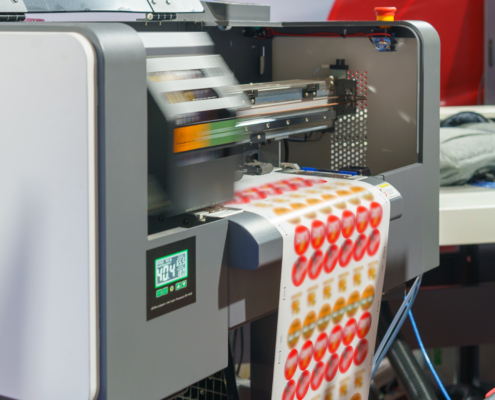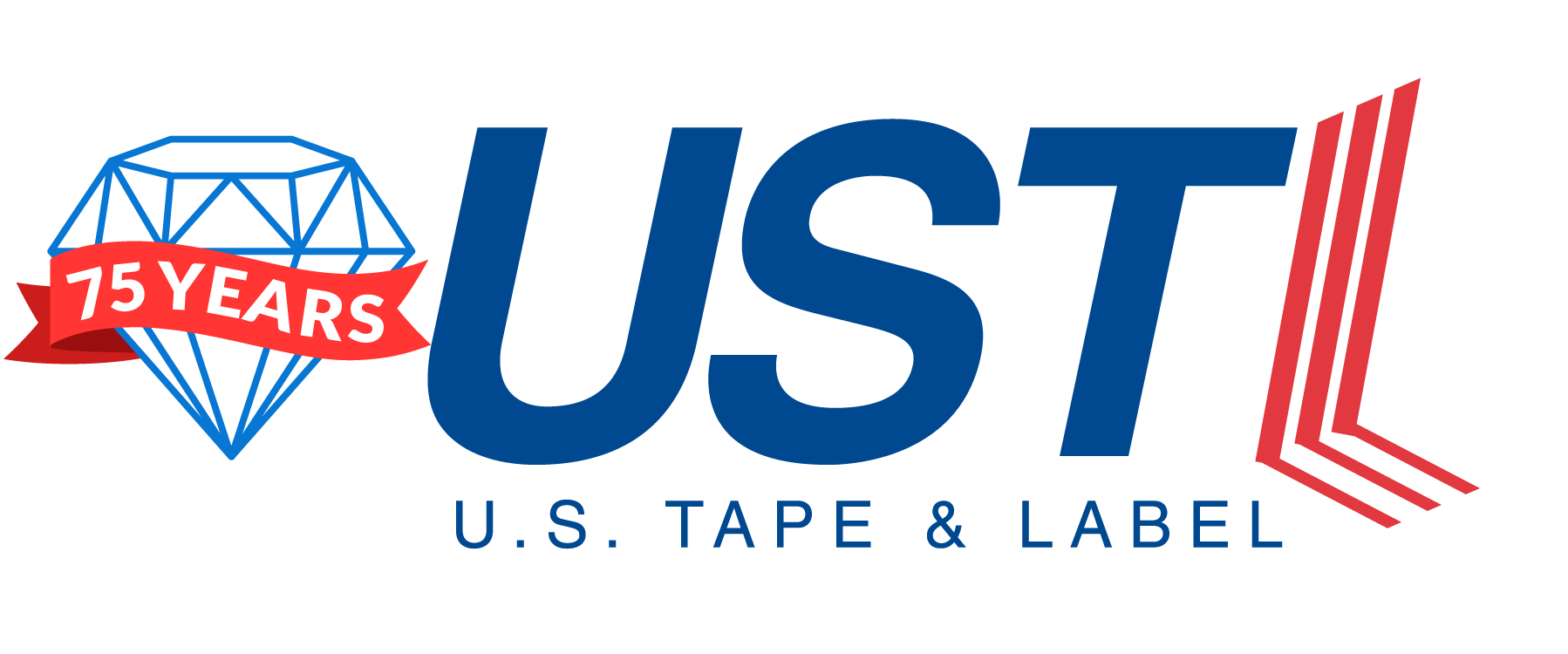 https://ustl.com/wp-content/uploads/2025/05/How-Custom-Die-Cut-Labels-Benefit-Your-Products-and-Packaging.jpg
1250
2000
AbstraktMarketing
https://ustl.com/wp-content/uploads/2025/06/USTL-Logo-2025-Anniversary-LargerBanner.png
AbstraktMarketing2025-05-27 13:24:122025-07-11 15:30:59How Custom Die-Cut Labels Benefit Your Products and Packaging
https://ustl.com/wp-content/uploads/2025/05/How-Custom-Die-Cut-Labels-Benefit-Your-Products-and-Packaging.jpg
1250
2000
AbstraktMarketing
https://ustl.com/wp-content/uploads/2025/06/USTL-Logo-2025-Anniversary-LargerBanner.png
AbstraktMarketing2025-05-27 13:24:122025-07-11 15:30:59How Custom Die-Cut Labels Benefit Your Products and PackagingHow to Choose the Right Wine Labels for Your Products
As a wine company, you know that presentation is everything when it comes to selling your product. The right label can be the difference between an attractive display and an overlooked bottle. Whether you’re bottling red or white, clear or opaque, there are several important factors to consider when choosing the perfect labels for your winebottles. In this article, we’ll explore those considerations and how you can ensure you’ve made the best choice for your business. This article also includes vital information to include on a wine label. Here’s what you need to know.
What to Consider When Choosing Wine Bottle Labels
Are You Bottling Red or White Wine?
The first question you need to ask is whether you’re bottling red or white wine. Different colors of wine require different labels, so it’s important to ensure you have the right one. Generally speaking, a white wine label should be light and delicate, while a red wine label should be a bit bolder and darker. However, this isn’t always the case; it all depends on the flavor profile of your product.
Is the Bottle Opaque or Clear?
The next thing to consider is whether your bottle is opaque or clear. If it’s opaque, like many alcoholic bottles tend to be, you can get away with using a slightly different label that may not be as versatile. However, if your bottle is clear, it’s important to use a label that stands out against the contents to make an impression on potential customers.
How Are You Applying Labels?
You also need to consider how you plan to apply the labels to your bottles. Will they be hand-applied or machine-applied? If you’re using machines, it’s important to ensure that your labels are designed so they can easily go through the process without getting stuck or wrinkled up. On the other hand, if you plan on applying them by hand, they don’t necessarily need as much design consideration—as long as they are attention-grabbing!
Eight Information Pieces to Include On Labels for Wine
When it comes to purchasing wine, the label on the bottle is often the first point of contact between the consumer and the product. It serves as a window into the wine’s story, origins, and characteristics. However, with so many different wine labels on the market, it can sometimes be overwhelming to understand what information is essential and what it all means. Outlined below is what is absolutely essential to include.
Wine Name and Varietal
The wine’s name and the grape variety used to make it are typically the most prominent details on the label. This information allows consumers to identify the type of wine they are purchasing, whether it’s a Chardonnay, Cabernet Sauvignon, or Pinot Noir, to name a few examples.
Government Warnings and Legal Requirements
Depending on the country and region, wine labels may be required to include government-mandated warnings regarding the risks associated with alcohol consumption. These warnings typically caution against drinking during pregnancy and driving under the influence.
Vintage
The vintage year indicates the year the grapes were harvested. It is especially relevant for wines that improve with age, such as red wines and certain white wines. Vintage variations can occur due to climate variations, affecting the wine’s flavor profile and aging potential.
Alcohol Content
The alcohol content of the wine is expressed as a percentage by volume and is a crucial piece of information. It gives consumers an idea of the wine’s body, intensity, and potential for aging. Wines with higher alcohol levels tend to be fuller-bodied and bolder, while lower-alcohol wines may be lighter and more delicate.
Tasting Notes and Flavor Profile
Tasting notes provide a brief description of the wine’s aromas, flavors, and overall character. They help consumers understand what to expect when they open the bottle. Tasting notes often mention fruit, floral, herbal, or spice elements and descriptors related to the wine’s structure, acidity, and tannins.
Allergen Information
For people with allergies or dietary restrictions, it is essential to include allergen information on the label. This may involve listing potential allergens, such as sulfites, which are a natural byproduct of fermentation, or other ingredients that may have been used during winemaking.
Brand Name
The producer’s name is an essential element, as it signifies the winery or vineyard responsible for crafting the wine. A well-established and reputable producer often indicates quality and consistency. Some wines may have a distinct brand name that helps consumers recognize and associate the wine with a specific style or portfolio.
Appellation of Origin
The appellation of origin refers to the specific geographic region where the grapes used in the wine were grown. It can range from broad regional names like “California” or “Bordeaux” to more specific sub-regions such as “Napa Valley” or “Margaux.” Appellation information provides insights into the wine’s terroir, climate, and traditional winemaking practices associated with that region.

Now that you know exactly what should be included in wine labels, be sure to also read this article to familiarize yourself with label designsfor beer cans.
The Benefits of Quality Wine Labels
- Brand recognition: Quality wine labels establish brand recognition and differentiate wines.
- Informational value: Labels provide essential wine details for informed purchasing decisions.
- Storytelling and heritage: Labels showcase winery history and create a connection with consumers.
- Shelf appeal: Eye-catching labels attract attention on store shelves.
- Consumer perception: Labels influence consumers’ perception of wine quality.
- Giftability: Elegant labels make wines attractive for gifting.
- Collectability: Unique labels can become collectible items.
- Compliance and legitimacy: Quality labels ensure regulatory compliance and consumer trust.
- Differentiation and market positioning: Labels help differentiate and position brands in the market.
- Long-Term branding: Labels contribute to consistent brand identity and customer loyalty.
Partner With U.S. Tape & Label for the Best Custom Wine Label Services In the Industry
For over seven decades, USTL has been a leader in high-quality label solutions for customers both near and far. Our team is proud to be your go-to source for labels that will boost your brand presence. From large volumes of standardized SKUs to small units of custom wine bottles, we’ve got you covered with any creation, printing, or adhesion solution for your wine labels.
Share This Post
More Like This
 https://ustl.com/wp-content/uploads/2025/05/How-Custom-Die-Cut-Labels-Benefit-Your-Products-and-Packaging.jpg
1250
2000
AbstraktMarketing
https://ustl.com/wp-content/uploads/2025/06/USTL-Logo-2025-Anniversary-LargerBanner.png
AbstraktMarketing2025-05-27 13:24:122025-07-11 15:30:59How Custom Die-Cut Labels Benefit Your Products and Packaging
https://ustl.com/wp-content/uploads/2025/05/How-Custom-Die-Cut-Labels-Benefit-Your-Products-and-Packaging.jpg
1250
2000
AbstraktMarketing
https://ustl.com/wp-content/uploads/2025/06/USTL-Logo-2025-Anniversary-LargerBanner.png
AbstraktMarketing2025-05-27 13:24:122025-07-11 15:30:59How Custom Die-Cut Labels Benefit Your Products and Packaging
The Psychology of Marketing Colors: How Product Labels Influence Buying Behavior

The Impact of Product Labeling on Consumer Purchasing Decisions

The Importance of Quality Automotive Labels and Proper Application

Harsh Environment Labels: Everything You Need to Know

How to Create Custom Food Labels That Stand Out on Shelves

Matte vs. Glossy: Which Label Finish Is Right for Your Custom Project?

The Benefits of Creating A Custom Product Label

Why Use Custom Label Printing Services?
Get In Touch
Phone
(314) 824-4444
Why U.S. Tape & Label?
Centrally-located and equipped with the cutting-edge equipment you need to get the best labels and look for your products. Our skilled team of in-house engineers will help you make the perfect label for any product you have.



